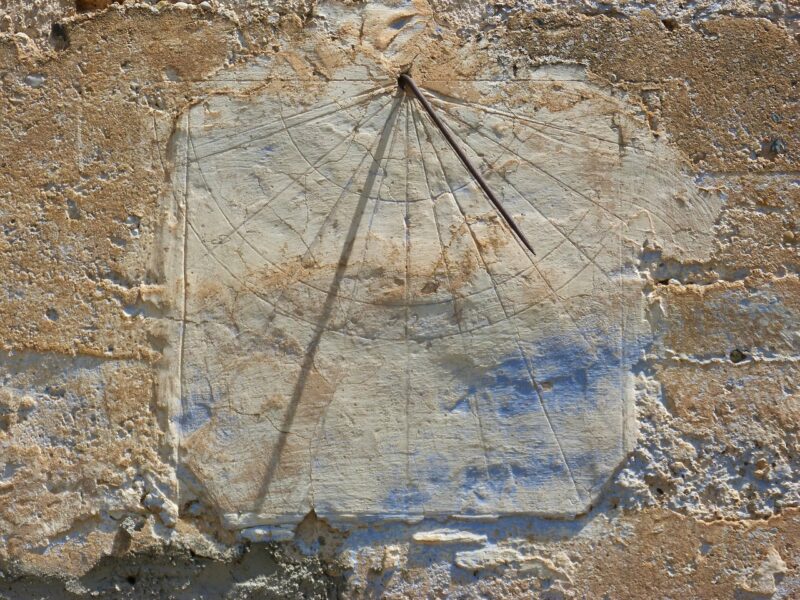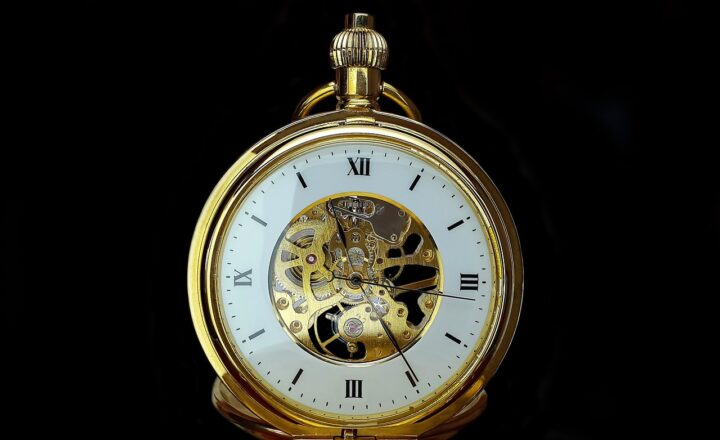
The sun has always played a vital role in the development of civilizations. Its daily and seasonal movements have guided humanity for thousands of years, particularly in farming, navigation, and understanding the passage of time. Ancient astronomers were keen observers of these celestial patterns, and their methods laid the groundwork for modern timekeeping systems.
1. The Importance of the Sun in Ancient Cultures
Throughout history, the sun has been revered across various cultures, often viewed as a deity or a powerful force in nature. Ancient civilizations such as the Egyptians, Babylonians, Mayans, and Greeks looked to the sun not only for light and warmth but also as a vital tool for measuring time.
– Agricultural Societies: With agriculture being the backbone of ancient economies, understanding the sun’s movement was crucial for planting and harvesting crops.
– Religious Practices: Many cultures timed their rituals and festivals according to solar events, such as solstices and equinoxes, believing these moments were significant for their spiritual lives.
The development of calendars was thus intrinsically linked to the sun’s predictable cycles, allowing societies to track time more effectively.
2. Solar Observatories and Structures
Ancient astronomers created structures to observe the sun’s journey across the sky. These large-scale observatories were designed with precision to align with solar positions.
Some notable examples include:
– Stonehenge (England): This iconic structure is believed to have served as a solar observatory. The arrangement of stones aligns with the movements of the sun during solstices, suggesting its significance in marking seasonal changes.
– Chichén Itzá (Mexico): The El Caracol building, known for its circular design, served as an astronomical observatory used to track celestial events and the sun’s trajectory.
– The Pyramids of Giza (Egypt): The pyramids were not only tombs but also aligned with the stars and the sun, acting as astronomical markers. Their construction involved knowledge of the sun’s path and its relationship to the cosmos.
These structures were not merely for observation but also played important roles in ceremonial practices. Their alignment with solar events marked crucial seasonal transitions, such as the start of the agricultural year.
3. Ancient Timekeeping Techniques
Various techniques were developed by ancient astronomers to measure time using the sun:
– Sundials: One of the earliest timekeeping devices, the sundial, worked by casting a shadow from a gnomon (the part that casts the shadow) onto a flat surface marked with hours. As the sun moved, the shadow would shift, indicating the time.
– Gnomon: Standing upright, this simple device helped trace the sun’s path. The length of the shadow it cast would change with the seasons, providing insight into the time of year.
– Sun Calendars: Ancient societies created calendars categorizing days, months, and seasons based on the sun’s positions. The Egyptian solar calendar, for instance, had 365 days, aligning perfectly with the agricultural cycle.
These techniques not only helped societies manage daily life but also facilitated the planning of events and activities critical for survival and prosperity.
4. The Role of Eclipses and Solstices
Ancient astronomers were also alert to celestial phenomena such as eclipses and solstices, which were significant markers in their calendars.
– Solar Eclipses: Eclipses were interpreted as omens or messages from the gods. Many civilizations made predictions based on these events, demonstrating advanced astronomical knowledge.
– Solstices: The summer and winter solstices were paramount in agricultural societies. The summer solstice marked the longest day of the year, while the winter solstice marked the shortest day. Celebrations around these events were common, reinforcing their significance in marking the passage of time.
These celestial events facilitated the establishment of seasonal calendars that guided agricultural activities and religious festivals.
5. Knowledge Transfer and Legacy
The methods and knowledge developed by ancient astronomers were not lost over time. They laid the foundation for modern astronomy and timekeeping.
Key contributions include:
– Mathematical Models: The understanding of celestial movements informed early theories and calculations of eclipses, planetary motions, and the seasonal cycles that we still use today.
– Calendar Systems: Many ancient calendar systems influenced modern calendars. The Julian calendar, for instance, adjusted the solar year, an idea stemming from early solar observations.
– Cultural Significance: The rituals and ceremonies that developed around solar events highlight humanity’s lasting fascination with the sun. This relationship continues to inspire cultural practices and scientific inquiry.
Conclusion
In summary, ancient astronomers utilized the sun as a key resource to measure time and observe seasonal changes. Their intricate understanding of solar movements led to sophisticated timekeeping methods, continuous cultural practices, and an enduring legacy in astronomical science. Even today, the importance of the sun remains clear; we continue to measure time and navigate our lives guided by this celestial body that has fascinated humankind for millennia.








